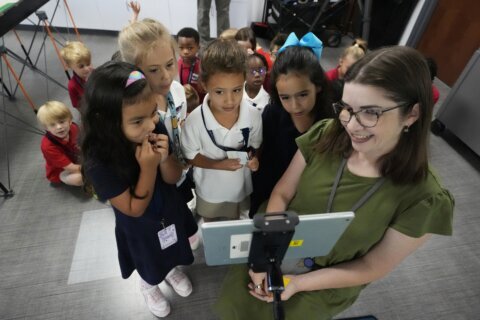It happens every year.
On the day of a Passover Seder, I go to the grocery store and choose a big, fresh bunch of parsley since it is one of the symbolic foods displayed on the traditional Seder plate.
A few sprigs of curly-leaf parsley go onto the plate, symbolizing the initial flourishing of the Jews in Egypt before they became enslaved. The remaining 95% of the bunch goes back in a small plastic bag into the produce drawer of the refrigerator, where it withers over several months, turning into a slimy mess.
Passover tradition in our house: 95 percent of the parsley is unused, and withers in the fridge. pic.twitter.com/V9ZKEv5dan
— Neal Augenstein (@AugensteinWTOP) April 24, 2024
Clearly, my Passover tradition doesn’t reap the full benefits of my $3 purchase.
In addition to its nutritional value, as documented by the U.S. Department of Agriculture, medical researchers say parsley’s flavonoids can play a role in preventing cancer and improving bone health, and it’s even been studied as a natural way to treat depression and anxiety.
My more resourceful and less wasteful friends on social media offered much better uses of all that leftover parsley.
Eat it raw, make pesto, juice it with carrots and apples are all great ideas.
One friend said “parsley juice with sugar is delicious,” others suggested making a frittata, or chimichurri sauce.
Taste of Home magazine compiled recipes in “39 Ways to Use Up That Big Bunch of Parsley.”
A couple of friends suggested treating the bunch of parsley like fresh flowers: Put it in a glass of water on the countertop. Every two days trim the stems slightly and change the water.
An industrious neighbor suggested cutting off the stems of the parsley, spreading the leaves on paper towels on top of a cookie sheet, then putting them in the oven on the lowest setting. When the parsley leaves are dry, she said I should crumble them, and store them in an air-tight container.
Sigh.
Maybe I’ll just give her the leftover parsley after next year’s Seder.
Get breaking news and daily headlines delivered to your email inbox by signing up here.
© 2024 WTOP. All Rights Reserved. This website is not intended for users located within the European Economic Area.








